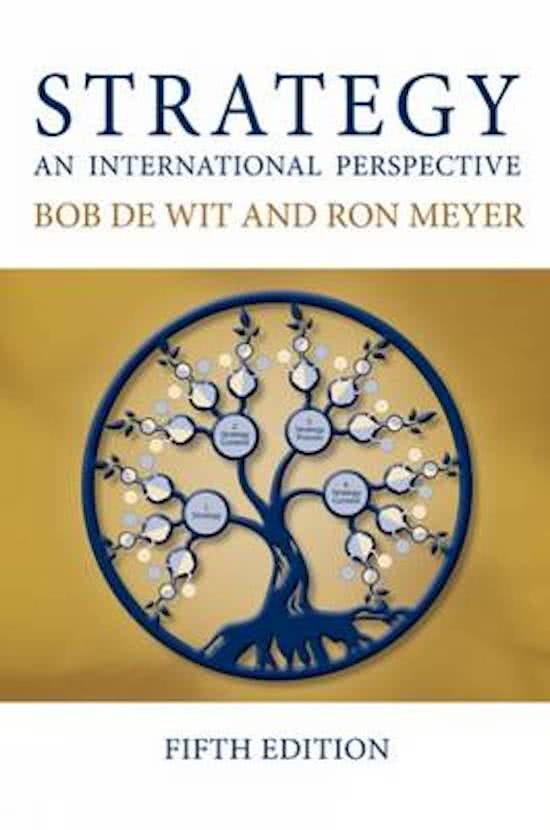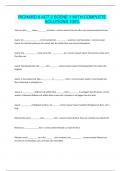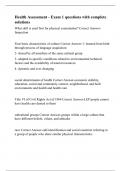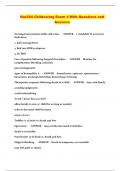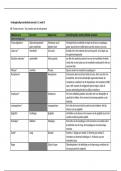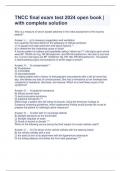Samenvatting
Summary of book Strategy - an international perspective
Summary of the book Strategy - an international perspective, written by Bob de Wit & Ron Meyer. The summary includes all the chapters and the readings enclosed in the book, except for chapter 11.
[Meer zien]


